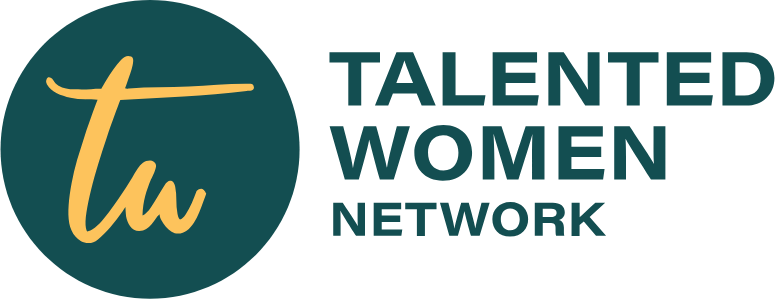It’s funny now that in today’s hyper-competitive job market, your résumé has less than 7 seconds to not just impress a recruiter but also a robot.
Applicant Tracking Systems (ATS) have become gatekeepers of opportunity, filtering résumés long before human eyes ever see them.
While most candidates sprinkle in clichés like “team player” and “results-oriented,” these buzzwords are effectively digital white noise to ATS algorithms. The real key to getting noticed? Specific, industry-tailored keywords that speak the hidden language of automation.
Beyond the Buzzwords
It’s no secret that ATS bots scan résumés for keywords — but not just any words. These systems are trained to look for precise terminology pulled directly from job descriptions and industry standards. That means generic phrases like “hard worker” or “go-getter” are as invisible to the ATS as a blank page.
Instead, the bots are programmed to prioritize competency-based, technical, and outcome-driven language. For example, a software engineer’s résumé that includes terms like “CI/CD pipelines,” “microservices architecture,” and “Docker orchestration” will rank far higher than one that leans on vague references to “problem-solving skills.”
Industry Intelligence Is the New Résumé Currency
Different sectors speak different dialects. What lights up an ATS in the healthcare industry won’t fly in finance. Let’s explore a breakdown of certain keyword categories that hiring bots are built to detect — industry by industry:
1. Tech & Engineering
- Keywords: Agile methodology, Python, RESTful APIs, Kubernetes, machine learning, DevOps, Git, cloud computing.
- Why it works: These terms reflect hard skills and tools directly linked to job functions and deliverables.
2. Marketing & Communications
- Keywords: SEO/SEM, content strategy, Google Analytics, ROI, CRM platforms, audience segmentation, brand positioning.
- Why it works: These highlight strategic impact and data fluency, key to modern marketing.
3. Finance & Consulting
- Keywords: P&L management, financial modeling, EBITDA, risk assessment, stakeholder engagement, Six Sigma, cost optimization.
- Why it works: Demonstrates analytical capability and profit-driven thinking.
4. Healthcare
- Keywords: Patient outcomes, EHR systems (Epic, Cerner), HIPAA compliance, care coordination, diagnostic procedures, clinical trials.
- Why it works: Combines technical compliance with outcome-based metrics.
5. Human Resources
- Keywords: Talent acquisition, DEI initiatives, succession planning, workforce analytics, ATS platforms (Workday, Greenhouse), retention strategies.
- Why it works: Reflects operational sophistication and strategic alignment with company culture.
How to Find the Right Keywords
Read between the lines of job descriptions. The words that appear more than once are usually not accidental — they’re clues.
Also consider using job description analytics tools like Jobscan, which compare your résumé to actual listings and highlight missing keywords.
Another underused tactic? Looking at LinkedIn profiles of people in similar roles. The skills they feature are likely aligned with what hiring bots are scoring for.
Speak Bot Before You Speak Boss
Understanding how ATS systems operate is no longer an edge — it’s a necessity. The résumé game has shifted from “how well can you describe yourself” to “how fluently can you speak the machine’s language?” And in this new era, the winners aren’t necessarily the most experienced candidates — they’re the most keyword-conscious.
Because in the digital hiring world, the first impression isn’t made with a handshake. It’s made with a match.

